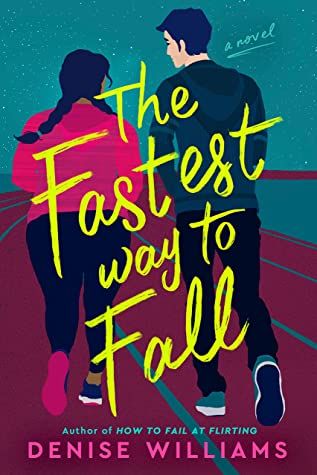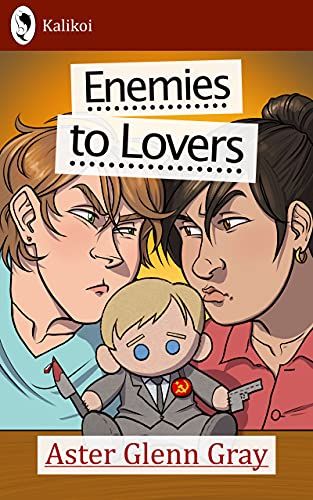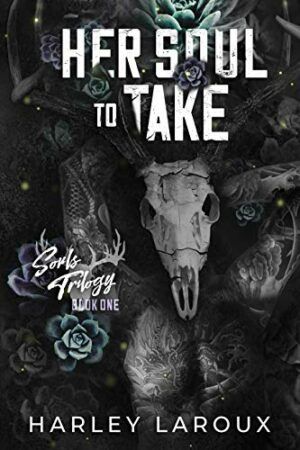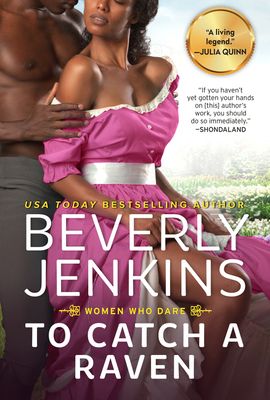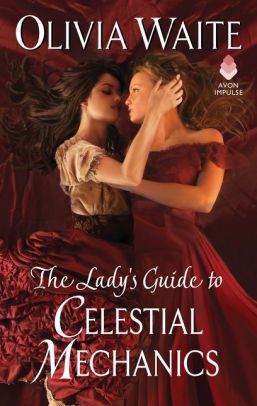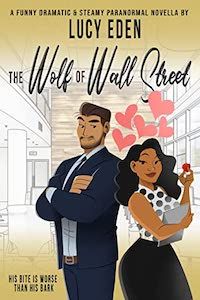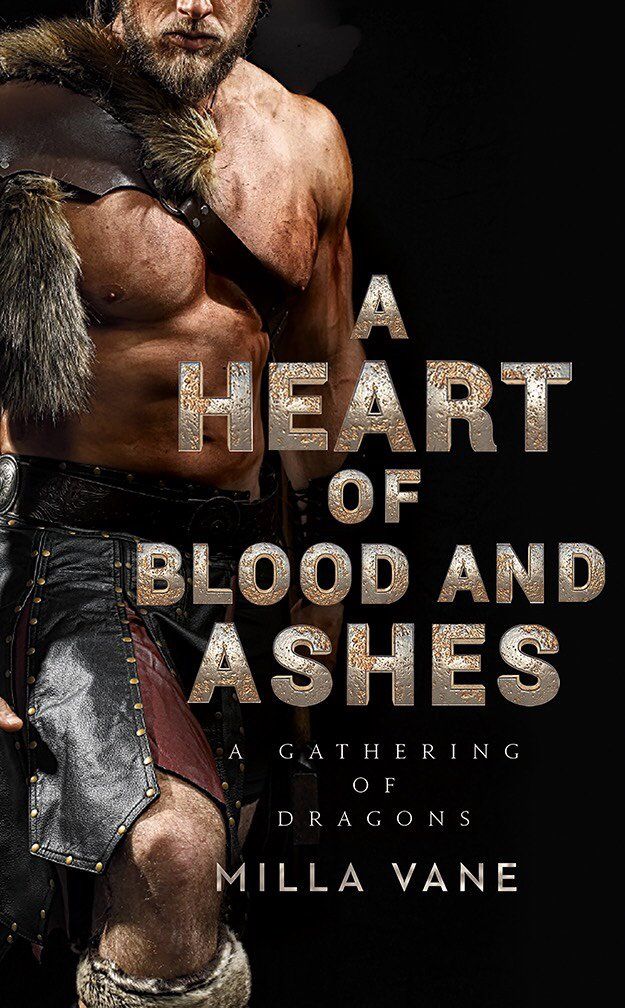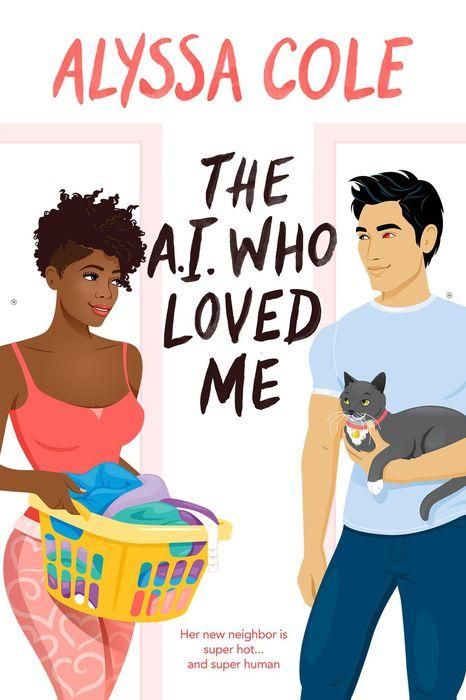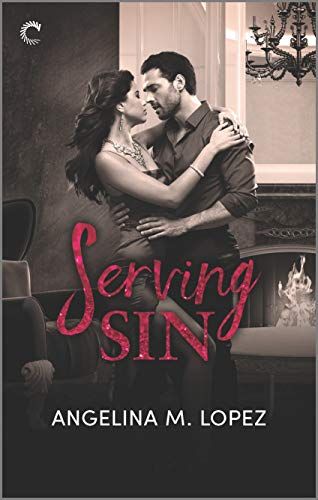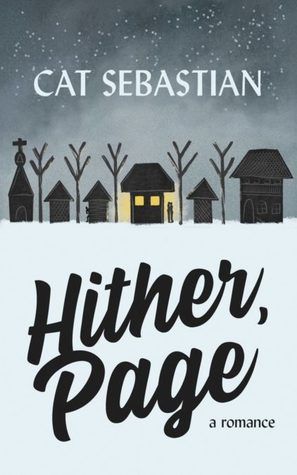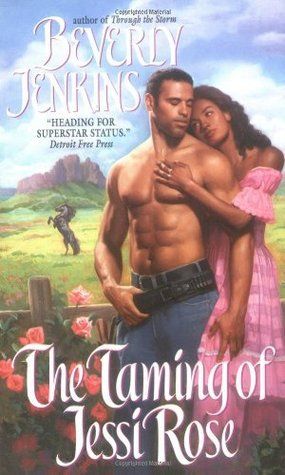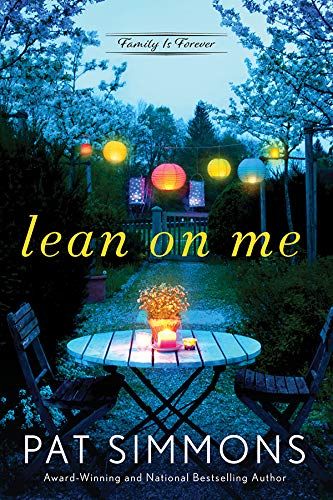So what exactly is a romance sub-genre? The first thing to know is that it’s different from a romance trope. A trope can be used in almost any situation: it’s an element to a story that guides the plot. Hating to dating is a trope. Only one bed is a trope. Fake dating is a trope. These (and countless other tropes) can happen in any romance, any time, and in any sub-genre. But what is a sub-genre, you keep asking? It’s just what it says. Romance is a genre: an overarching category of books and other stories that has a required central love story and a happily ever after. Within romance, there are several different thematic branches, or sub-genres. For the most part, they’re actually books that could technically be classified as members of different genres, but they also have those required elements of romance. Ever After, for example, is historical fiction. But it is also a romance. So, were it a book, it would be categorized as a historical romance. As I mentioned before, romance sub-genres are fluid, but there are some that we can definitely nail down. Here are the most prominent and very key romance sub-genres. You’ll see that with the possible exception of inspirational, I have not pulled demographics or identities into these sub-genres. There are definitely books that we can pull out into separate categories of reading, but they aren’t genres. LGBTQ+ romance is something that you can find in every sub-genre. Romance by and with BIPOC people is something you can find in every sub-genre. For example: For example: For example: Probably about 90 percent of historical romance is Regency romance. The Regency is a brief era in England between 1811 and 1820, in which King George III was still alive but unable to rule, and the Prince Regent assumed his duties. The books set during that time evoke the feel of Jane Austen, and often include members of the high aristocracy (mostly dukes) and Waterloo veterans. That’s a lot of romance novels set during the same 13 years, you might say! And you’d be right! And you can blame that on Georgette Heyer, whose novels are some of the earliest in the modern genre of romance. And they continue to be prominent thanks to their ongoing success. And Bridgerton. For example: If you’re looking for something else that nicely conveys competent women being competent, Diana Quincy’s Clandestine Affairs books are also excellent. While it’s not the first in the series, The Viscount Made Me Do It is a favorite, and features a woman bonesetter! For example: For example: Or it can be That Time I Got Drunk and Saved a Demon. There is no in-between. For example: (There are sci-fi romances that are more space opera/fantasy in space, like Ice Planet Barbarians and the like, and those are fun, too.) For example: For example: If you want something a little darker (and that has some scary elements to go with it), you might find Diana Biller’s The Widow of Rose House worth a try. It’s a great example of how the relationship and the problem solving can go hand in hand, and it’s also pretty funny! But there is also a past of domestic abuse and — of course — ghosts. And not Casper’s kind. Don’t read this one alone at night with the lights out. For example: For example: These aren’t all of the sub-genres you might encounter, but the majority of romance can fall into one or a few of those presented.
